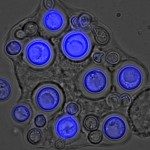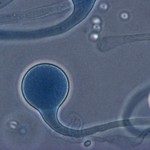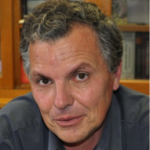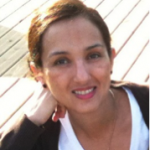Lien vers Pubmed [PMID] – 26214496
Lien DOI – 10.1111/myc.12356
Mycoses 2015 Sep; 58(9): 557-64
Non-sporulating moulds (NSMs) isolated from respiratory specimens are usually discarded without further testing although they may have pathogenic effects in immunocompromised patients. The objective of this study was to determine the identity and frequency of NSMs in patients with haematological malignancies. We analysed the mycological results of 251 consecutive respiratory samples from 104 haematology patients. Yeast and sporulating moulds were identified at the genus/species level according to their phenotypic features. NSMs were identified by internal transcribed spacer (ITS) sequencing. We detected 179 positive samples, of which 10.1% (18/179) were mixtures of moulds and 26.3% (47/179) were mixtures of moulds and yeast. We identified 142 moulds belonging to 11 different genera/species or groups, with Aspergillus fumigatus (n = 50), Penicillium spp. (n = 31) and NSM (n = 24) being the most frequently isolated species. Twenty-two NSMs were successfully sequenced: 18 were basidiomycetes and six were ascomycetes, corresponding to 16 different genera/species. NSMs were isolated with A. fumigatus in the same sample or in a subsequent sample in five patients with probable invasive aspergillosis. The conclusion is that the respiratory specimens of immunocompromised patients frequently contain very diverse mould species that may increase the virulence of pathogenic species. Reporting all mould species isolated when diagnosing invasive fungal infection could test this hypothesis.




